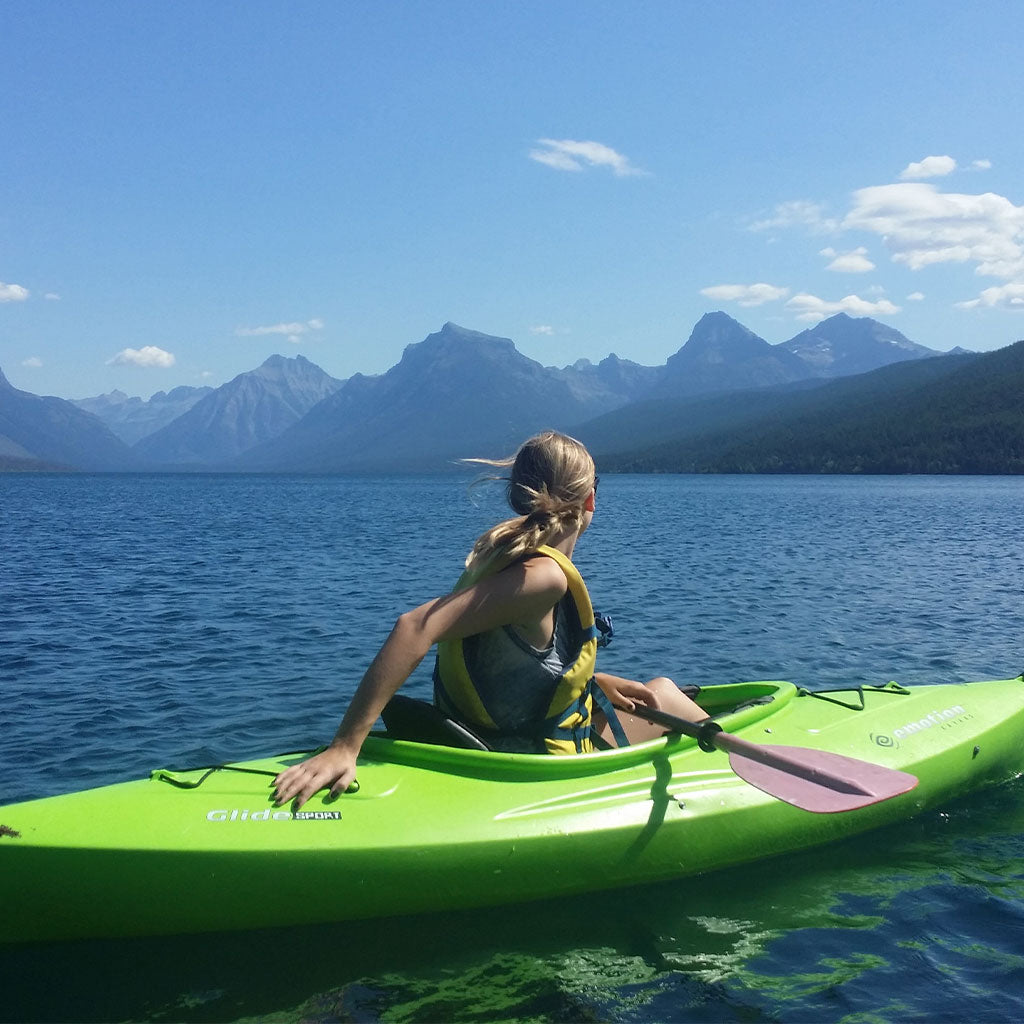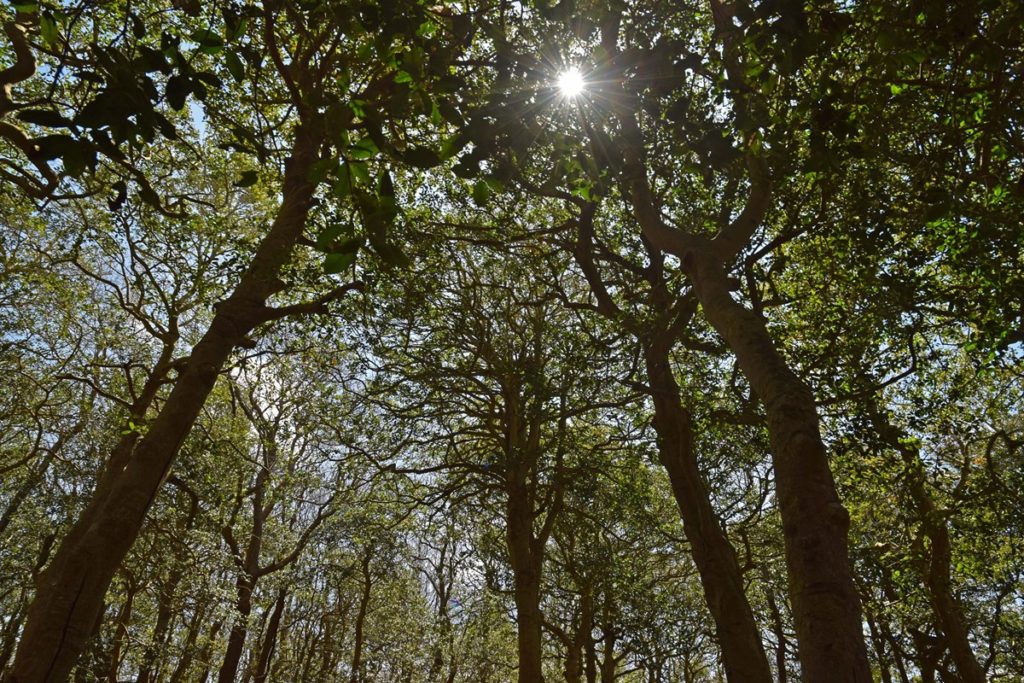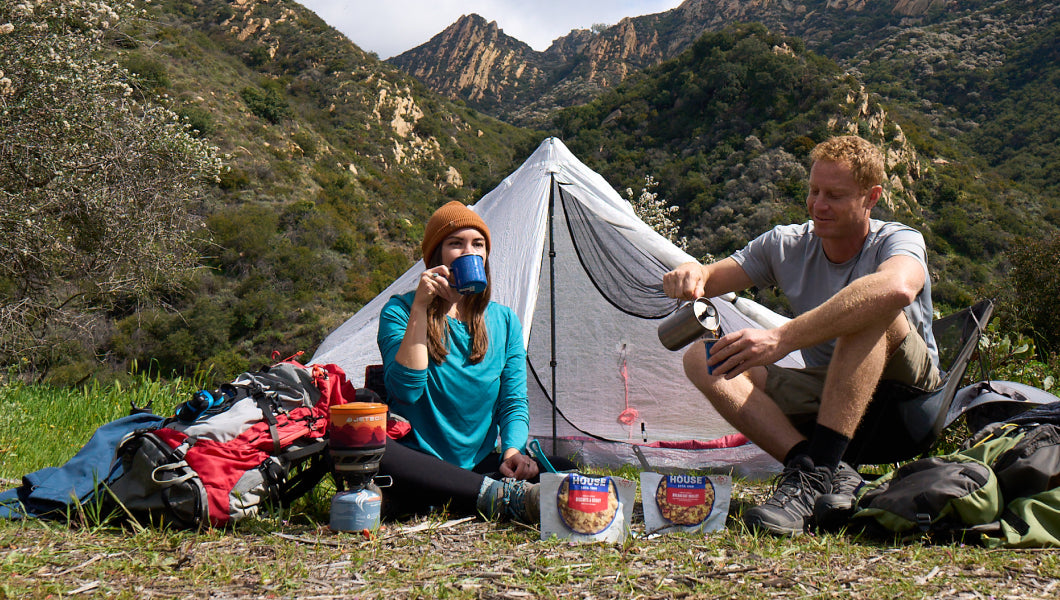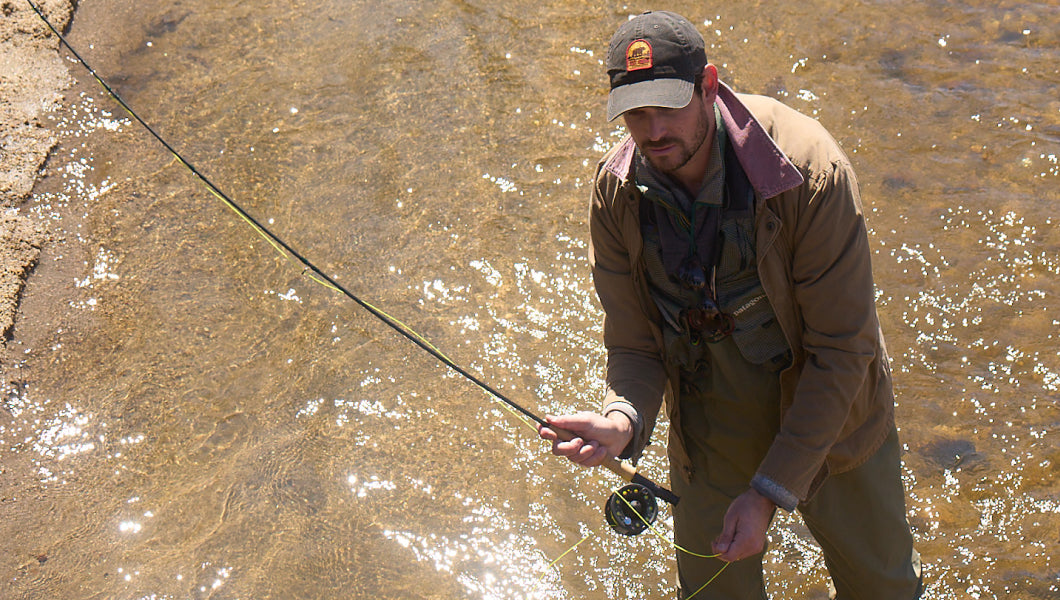Inspired for an Adventure? Check out Beef Stroganoff - Pouch and Beef Stew - Pouch
Free Ground Shipping On All Orders
Over 2,100 Reviews
Add description, images, menus and links to your mega menu
A column with no settings can be used as a spacer
Link to your collections, sales and even external links
Add up to five columns
Add description, images, menus and links to your mega menu
A column with no settings can be used as a spacer
Link to your collections, sales and even external links
Add up to five columns

8 Amazing (and Lesser-Known) Natural Wonders of the Lower 48 to Experience This Summer
Summer’s here, which means it’s high time for road-tripping, paddling, and backpacking your way around the natural wonders of the United States: from glaciered mountaintop to subtropical seashore. Here at Mountain House, we’re right there with you, supplying the awesome freeze-dried meals to go along with the wilderness scenery and adventure.
To inspire some summertime trip-planning, we thought we’d round up some destinations worth adding to that itinerary of yours. Now, maybe you’ve got some of the truly famous natural landmarks of the U.S. on your to-do list this year: the Grand Canyon, the redwood coast, the Great Smoky Mountains, the Northern Rockies of Glacier, etc. In this blog post, though, we thought we’d draw your attention to some somewhat lesser-known expressions of the country’s wild splendor well worth experiencing during these long, full-of-possibility days of summer. From amazing concentrations of critters to awe-inspiring landforms and one-of-a-kind ecosystems, let’s dig into this coast-to-coast lineup!
The Sunken Forest (New York)
Among the highlights of Fire Island National Seashore off Long Island—an amazing coastal mosaic that includes the only federally managed wilderness area in New York State, just a stone’s throw from the Big Apple—is the Sunken Forest. This twisty, vine-hung wood of centuries-old American hollies as well as shadbush, sassafrass, blackgum, and other trees and shrubs is unique: one of the only known maritime forests on the East Coast dominated by hollies. Sheltered by a secondary dune and sculpted by the salt wind, the shadowy Sunken Forest—penetrated by a boardwalk and interpreted by rangers on guided tours—is full of magic.
 photo via NPS.gov
photo via NPS.gov
Breaks Canyon (Kentucky/Virginia)
The Grand Canyon, Hells Canyon, the Black Canyon of the Gunnison, Kings Canyon: no shortage of world-class chasms in the American West. But the American East has its share of amazing gorges, too, and one of the very deepest is Breaks Canyon along the Russell Fork: a richly forested sandstone defile up to 1,650 feet deep. Check out “the Grand Canyon of the South,” as they call it, in Breaks Interstate Park, jointly managed by Kentucky and Virginia.

The Upper Iowa River (Iowa)
Think Iowa’s all flat cornfields? Think again. The Upper Iowa River in the state’s northeast—part of the rugged country called the Driftless Area, which escaped the smoothing-over effects of the most recent Ice Age glaciations—offers wild paddling along its looping, deep-cut course past limestone cliffs and forested bluffs: one of the great river trips in the Midwest. You’ll have company during the summer, but the scenery—which reaches a pinnacle between Kendallville and Deborah—is worth it.

The Bats of the Congress Avenue Bridge (Texas)
This isn’t any kind of secret to Austinites, who proudly boast one of the biggest urban bat colonies in the world. Close to 1.5 million Mexican free-tailed bats spend summer days roosted under the Congress Avenue Bridge, and their en masse evening flight out into the darkening skies to scarf bugs makes an unforgettable daily spectacle appreciated by loads of locals and visitors alike.
The Wetterhorn (Colorado)
Host to by far the greatest share of “fourteeners” in the Lower 48, Colorado has no shortage of glorious peaks: not exactly a news flash. Among the more off-the-beaten-track of them is the Wetterhorn, set in the Uncompahgre Wilderness of the massive, cloud-scraping San Juan Mountains. This glorious 14,021-foot tooth is one of the continent’s great examples of a Matterhorn: an ice-carved peak with four sheer faces—named, of course, for the Matterhorn itself in the Alps. (Others include the Grand Teton and Mount Assiniboine up in the B.C. Rockies.) It’s a class 3 scramble to reach the top of the Wetterhorn, which affords a stirring view taking in the neighboring Matterhorn Peak—a lower and somewhat less-pronounced horn—and the fellow fourteener Uncompahgre Peak.

Steamboat Geyser (Wyoming)
You wouldn’t describe Yellowstone as one of America’s hidden national parks by any stretch, but this huge Rocky Mountain kingdom has plenty of amazements somewhat overshadowed by such iconic world-renowned attractions as Old Faithful and all those grizzlies and bison. Steamboat Geyser in the Norris Geyser Basin is actually the world’s tallest geyser, capable of spouting beyond 300 feet, and it’s currently in a reawakened phase of unpredictable activity after decades of slumber: a great incentive to make tracks for the Yellowstone Plateau this summer!

The View From Mount Constitution (Washington)
The Salish Sea archipelago of the San Juan Islands in northwestern Washington bewitches just about anybody who visits. When you’re not scouting for orcas in straits edged by lovely shores of Douglas-fir and Pacific madrone, make your way to Moran State Park on Orcas Island and the windswept crown of Mount Constitution: at 2,399 feet, the high point of the San Juans. The mountaintop serves up one of the Pacific Northwest’s classic vistas, with a surfeit of islands and islets below and an almost unreal skyline of mountains on three sides: giant ice-clad volcanoes (Mount Garibaldi in British Columbia, Mounts Baker and Rainier in Washington); rugged North Cascades landmarks such as the Twin Sisters, Whitehorse Mountain, and Three Sisters; and the remote floating snowfields of the Olympic Mountains.
Elephant Seals of Ano Nuevo (California)
Some 10,000 northern elephant seals haul out each year at Ano Nuevo Point at just about the exact midpoint of the ridiculously scenic California coast: one of the largest mainland elephant-seal colonies on the planet. At the Ano Nuevo Coast Natural Preserve during the summer, you can eyeball seals chilling out on the beaches as they conduct their seasonal molt—females and juveniles in early summer, the huge bulls (which may weigh more than two tons) in July and August.

Adventure It Up This Summer With Mountain House
The above hodgepodge of natural wonders is just a starting point, of course: There are so many other incredible places and sights to see beyond the familiar highlight reel of America’s landscape. Here’s to a summer packed to the gills with outdoor adventure, fueled (of course) by Mountain House!

Best Places to Go Winter Wildlife Watching in North America

Exploring the Best Winter Desert Hiking in the Southwest United States


Stay Hungry for Adventure
Sign Up for Delicious Outdoor Meals & Exclusive Offers!


Join the adventure
©2024 Mountain House — All Rights Reserved.
Your Cart is Empty
Continue ShoppingYour Cart
Subtotal
$0.00
EXPRESS PAYMENT METHODS AVAILABLE IN CHECKOUT
Taxes and Shipping Calculated at Checkout














